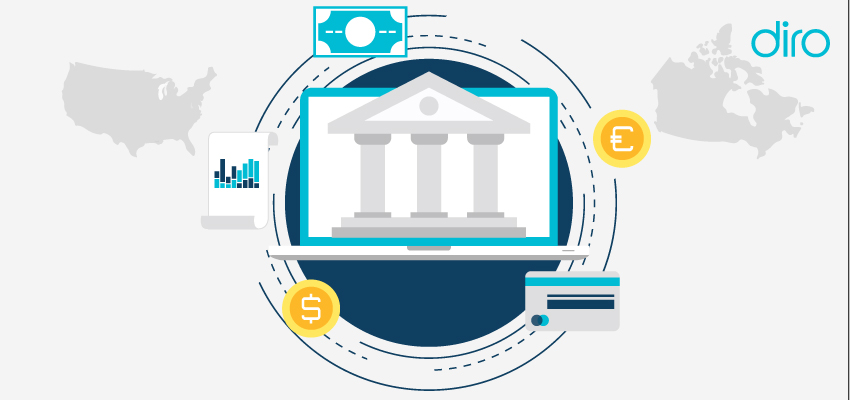Open Finance and Changing Role of a Bank Manager

The digital revolution in the banking industry has been put into overdrive since the pandemic, and many sectors are changing customer landscapes. Business banking is no exception. Banks are now facing growing pressure to introduce new processes in line with customers’ heightened expectations.
One finance can transform SMB banking by replacing traditional manual processes. It also allows businesses to support digital onboarding and automated monitoring, and it can reshape the role of a local bank manager.
What Is Open Finance?
Open finance is the next step after open banking APIs and it extends to a wider range of financial data. The primary purpose of open finance is to provide consumers and businesses with better control over their finances which allows users to transform the way they access financial services.
In layman’s terms, open finance leverages consumers’ financial data with their consent, and by using this data, banks can build new products and services such as online accounting, banking, and eCommerce platforms.
Challenges Faced by Bank Managers
For a long time, banks and bank managers have played an integral part in the high street and the wider SMB economy, however, since the last decade, things have been changing throughout the financial institutions.
In the last 10 years, the biggest banks globally have closed tons of their branches. With growing large portfolios, reducing favor of credit cards, and ineffective and old internal systems, bank managers have been having trouble in recent years. Even before financial services had to battle with the pandemic, onboarding times were slow and customers often faced poor customer experience.
With traditional processes, bank managers are focused on admin work instead of adding value to their customers. Strong customer relationships and their presence in the community are important, winning and keeping business is a vital job when the competition is FinTechs that offer better services to the customers. The challenger bank, Starling, is the success story in the industry, and they’ve had a huge impact on the industry.
In the old times, banks relied on their bank managers to build relationships and tackle digital competition. As customers are becoming more tech-savvy, it’s not possible to tackle digital services with the old and traditional services.
How Banks Can Utilize Open Finance to Their Benefit?
Bank managers have 3 core responsibilities:
- Onboarding
- Monitoring current customers
- Being active in new product offerings
Let’s dive deeper into these core responsibilities:
1. Digital Onboarding: So, what does online customer onboarding look like with open finance? Instead of the usual back and forth of documents for ID and address verification, in just a handful of clicks on SMB simply connect their bank with their accounting, banking, and commerce platforms. Then banks are able to pull all necessary data for customer verification into the internal systems for an instant decision.
2. Automated Monitoring: Instead of banks asking customers for documents to keep monitoring updated, customer data can be leveraged to maintain continuous monitoring.
3. Meaningful Insights: Open finance allows bank managers to have a real-time and ongoing view of customer financial health. Bank managers don’t have to focus on 9-18 months of credit bureau data which boosts relevant and timely outreach. By leveraging open finance, bank managers can have a variety of tools in their arsenal that they can use to serve their customers better.
Adoption of Open Finance for Banks and Consumers
FinTechs are rapidly evolving and adopting financial technologies based on customer demand, the path for larger financial institutions is less clear. Now that Visa has started using open banking provider Tink, it’s just a matter of time before other providers will follow suit. Whatever happens in the industry, for banks to survive and expand, they need to keep up with the latest technologies.













